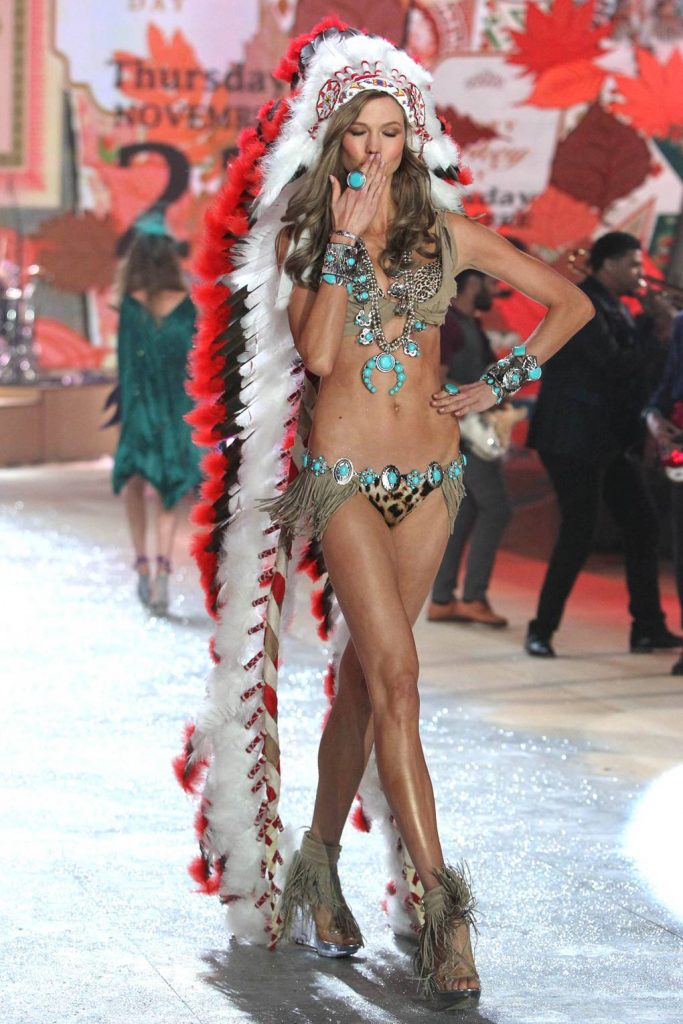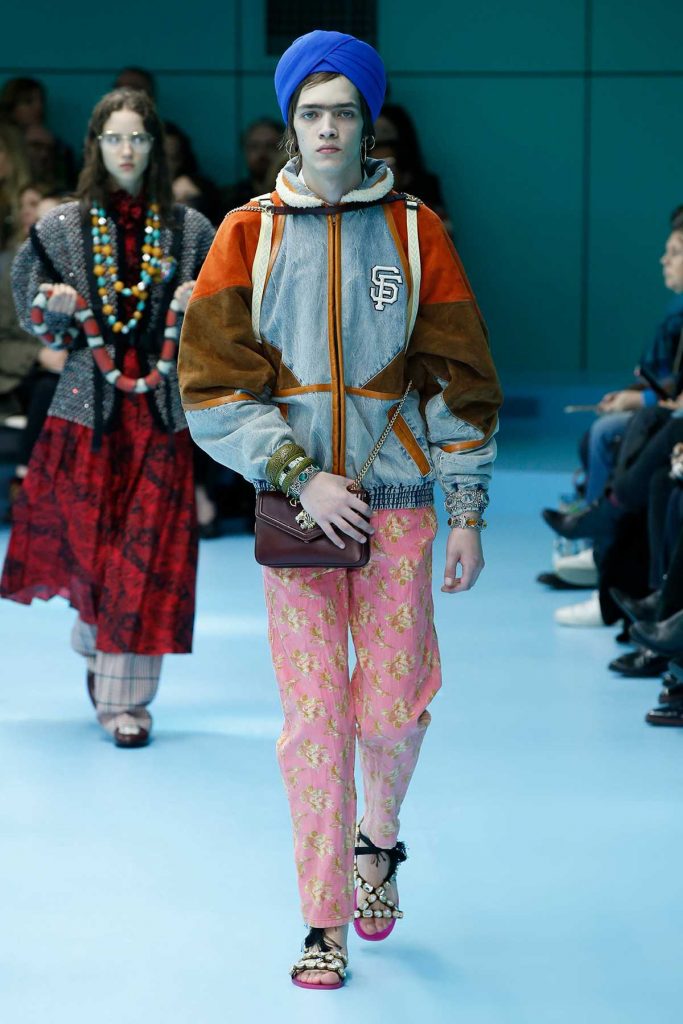Cultural appropriation is one of fashion’s biggest problems
A fashion dilemma that seems to continuously grow
Cultural appropriation is currently a prominent topic of conversation within the industry. While some brands are called out by the public and share apologies on social media, it seems that the exact thing not being talked about is the reason behind these act despite knowing that it’s the wrong thing to do.
Cultural appropriation can be defined as the act of adopting elements of an outside, often minority culture, in which their knowledge, practices and symbols aren’t used within the culture’s original context.
There are numerous reasons that this happens: it could be a misunderstanding during the inspiration process or being uneducated about this kind of subject. Though it doesn’t matter which it is, as modern consumers are noticing how frequently it’s seen among certain high fashion brand’s collections and on many garments produced by retailers.
This has happened before but it’s started to gain more exposure in the past year. Sadly, it’s beginning to seem like a recurring trend within the industry. In a recent article, Forbes recognized cultural appropriation as one of the biggest issues fashion will face this year.
Designer Jane Kellock, who has worked with multiple brands as a designer, said, “Design is a mish-mash of different styles, cultures, and ideas — and that’s what makes it interesting… Sometimes it’s good to reference the original context in some way.”
A past example of cultural appropriation was during Victoria’s Secret’s annual fashion show in 2012. American model Karlie Kloss walked down the runway modeling a leopard-print lingerie set while wearing a war bonnet paired with turquoise jewelry and fringe details throughout.

Victoria’s Secret
A culture’s headpiece was worn for profit and pop culture reasons without providing due respect for its actual context being a war bonnet — a very important part of Native American attire. The war bonnet is only to be worn by distinctive Native American men whose brave act of valor is exalted and represented with it.
It was later called out by Native Americans and their communities, which caused the brand to apologize and take away the offensive footage from the broadcast. Kloss also issued an apology expressing that she didn’t mean to offend anyone and that she supported the brands decision.
Tanya Mehta, third-year fashion marketing and management student said, “I think there is a decent difference between appreciating a culture and appropriating it. To a certain extent, conveying cultural aspects into one’s clothes as inspiration is unavoidable because designers have to get their ideas from somewhere. The difficult part in my opinion is knowing how to do it respectfully and tastefully, especially when the inspiring culture is one that is foreign to the designer.”
Fast forward to February 2018 when Gucci debuted their autumn/winter collection in which Sikh turbans were put on white models. This caused an outrage with many famous personalities mentioning how this was an irresponsible and offensive act by the high fashion brand.

The conversation was centered around how, “Sikh boys come home crying to their parents after being bullied at school saying they want to cut their hair and take their turban off.” Many of the brands followers on Twitter mentioned Gucci could have still used the turbans, but with brown and culturally appropriate models or simply not use them at all.
Third-year fashion marketing and management student Hauwa Abubakar said, “I see my hijab as beautiful, most see it as a threat. So when a non-Muslim woman wears it as a fashion statement and gets praised, I see that as disrespect.”
Does fashion have a cultural appropriation problem? With the examples courtesy of the fashion industry’s most recognizable brands and this on-going issue of theirs, is up to the audience to decide.
























